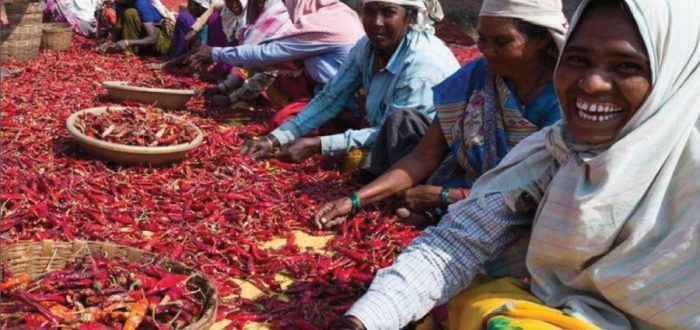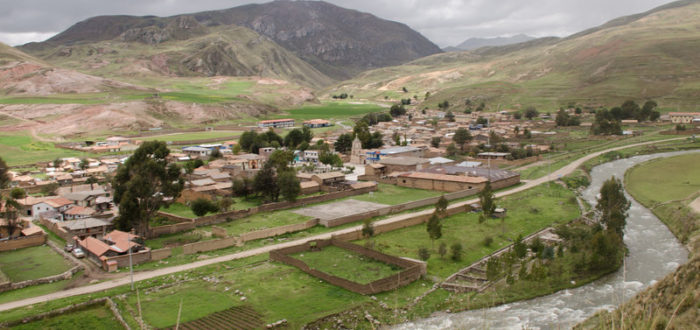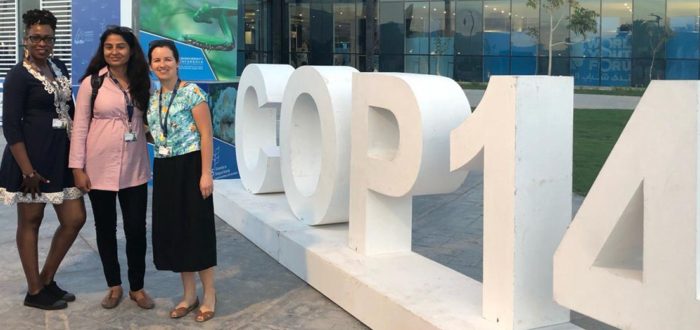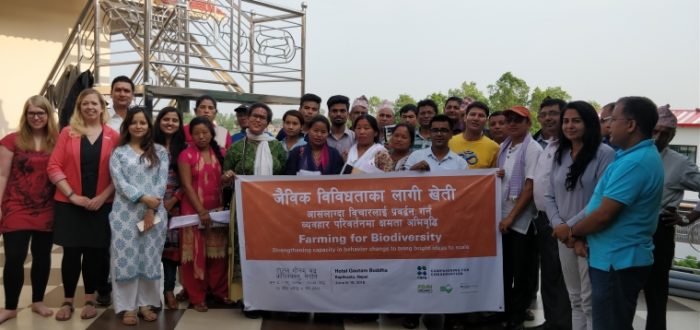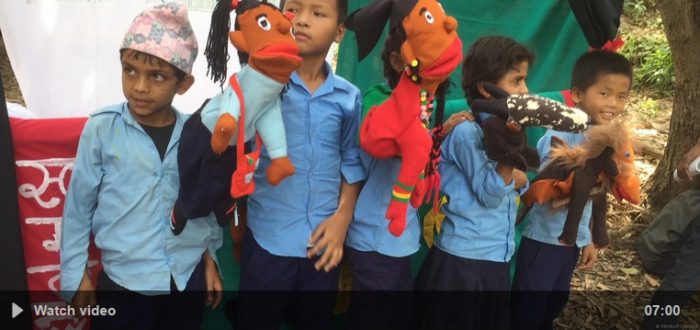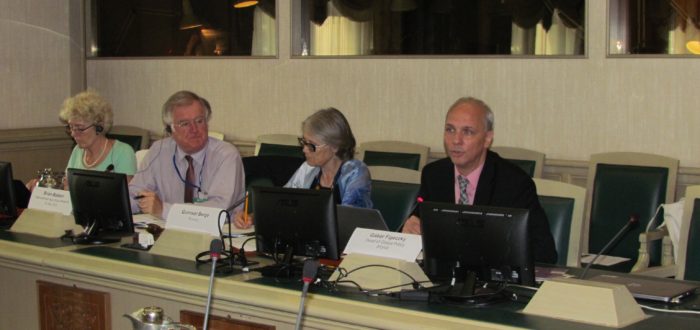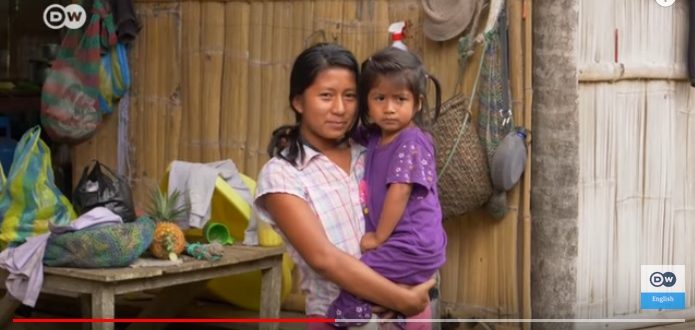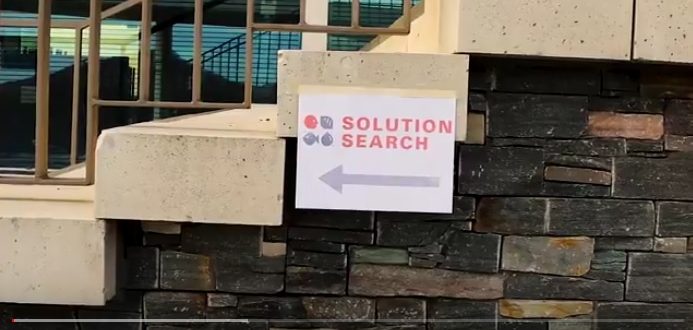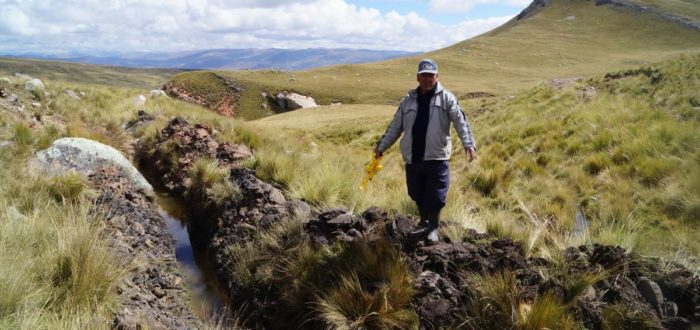The global Agrobiodiversity Research Portal recently reviewed our analysis report “Farming for Biodiversity: Proven Solutions Meet Global Policy”. Here’s their take on it. Countless conferences, meetings, books and articles have been published on the topic of biodiversity in agriculture. Time and time again, the importance of the issue is brought to light but without concrete solutions
Updates & media highlights
Climate change, vanishing ice and erratic rain patterns are causing the wetlands in two Andean communities to shrink — and that’s a big problem for the communities of Miraflores and Canchayllo. The villagers depend on the puna, a set of alpine ecosystems above 13,000 feet that include grasslands and wetlands to graze sheep, cows, alpacas,
Phidel, Bimala, and Daniela aren’t afraid to challenge the status quo in their communities — nor to challenge their perceptions of how to change it. Hailing from rural farming communities in Kenya, Nepal, and Ecuador (respectively), in 2018 each female leader attended an intensive 10-day training in her country, hosted by Rare, to learn how
Every human activity including agriculture should ensure no harm to mother nature. Campaigning for Conservation (C4C) was organized with the theme; “Farming for Bio-diversity” at hotel Gautam Buddha, Kapilvastu Nepal on 8th June 2018. It was a twelve days workshop which was jointly organized by National Disaster Risk Reduction Centre (NDRC), IFOAM ORGANIC INTERNATIONAL and Rare
In June, Farming for Biodiversity training participants were joined by a film crew from Deutsche Welle to produce a short documentary about our work in the country. The clip is now being screened in Deutsche Welle’s global program, reaching 158 million people. Pesticides, deforestation and monocultures are wreaking havoc for Nepalese farmers, causing landslides and
By Gabor Figeczky, IFOAM – Organics International While our behaviour change and technical trainings are in full swing, our global advocacy is also starting to bear fruits by entering international policy discussions. To reinforce its work and to promote discussion and sustainable use of biodiversity in agriculture, fisheries and forestry, FAO launched a Biodiversity Mainstreaming
Ecuador’s indigenous communities are bringing a taste of their rainforest gardens to the country’s gourmet restaurants. And they’re earning a living in the process.
Against the backdrop of the UN Climate Change conference in Bonn (UNFCCC COP23), Rare, IFOAM – Organics International and partners brought together the ten finalists from our global solution crowd-sourcing contest – to showcase bright ideas that already work for agriculture and the planet. Watch the video to see the highlights and follow our finalists’
Ferns that taste like asparagus when sautéed in olive oil and salt. Leaves with the flavour of garlic. A black, spicy sauce derived from bitter manioc root to go with paiche, a giant Amazonian fish. If the special tasting menu at a restaurant in Ecuador’s capital Quito reads like a walk through the Amazonian rainforest,
With their alpine grasslands shrinking due to erratic rainfall and glacier retreat, herders in Peru’s central Andes have decided that the future lies in reviving the past. To improve access to water and save their livestock, indigenous communities in the villages of Canchayllo and Miraflores have restored abandoned dams, reservoirs and canals that date back

